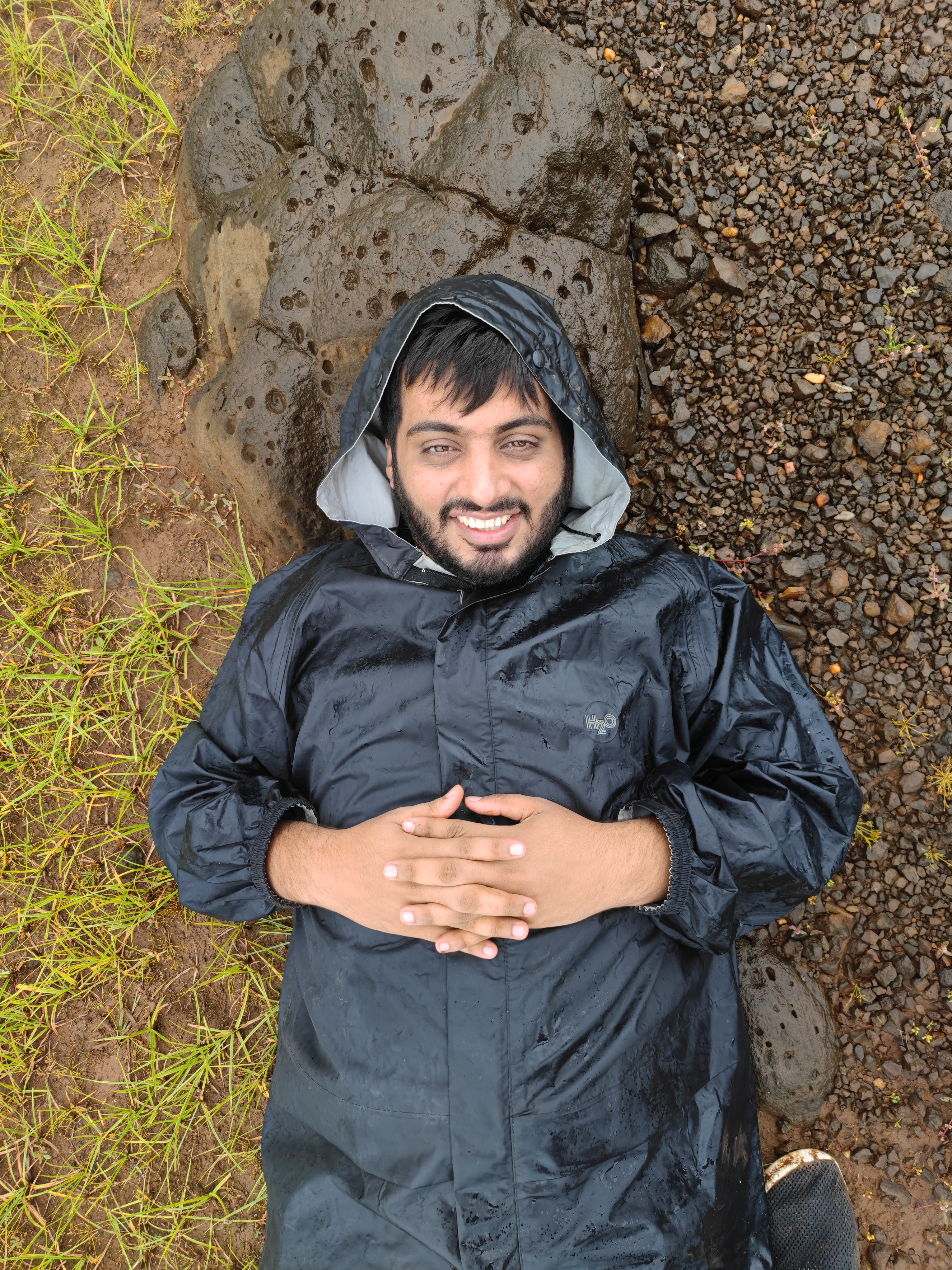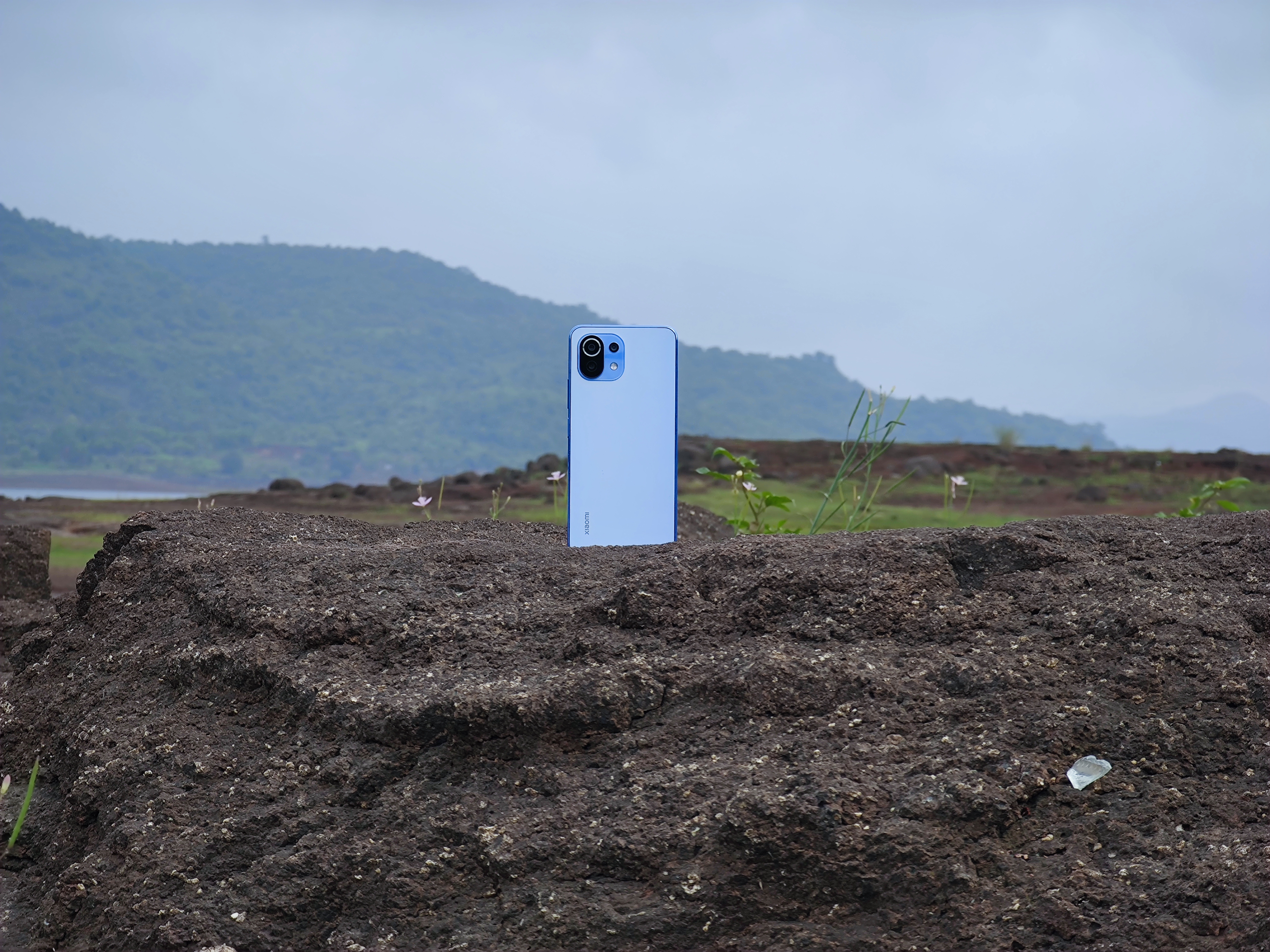I chose the Xiaomi Mi 11 Ultra over a DSLR as my travel camera — and didn’t regret it
Convenience is as important as camera quality

Travelling has changed in many ways over the last year, going from relaxing recreational activities to borderline adventures, with the current situation in mind. However, one thing that did not change for me was the importance of capturing these memories and escapades and revisiting them in the future.
Photography is a big part of why I enjoy travelling — not in the annoying way of stopping at every point and spending a few minutes to fill up an album, but to find the best visual representation of the memories and stories and emotions that each place has to offer.
With technology playing a major role in my life, the gear and tools that help me achieve this vision are naturally equally important. Action cameras, drones, DSLRs and phones are all essential ingredients of compelling storytelling for me, but not all of them are practical to carry around at all points in time. The time taken to set up and get ready to shoot something could potentially cost me the shot.
Over time as my skill and experience grew, my kit boiled down to a DSLR camera and the smartphone being tested at that point. I firmly believe that the composition is the most important element of a good photo — and everything else follows or can be adjusted in post. This meant being unafraid of using a phone camera in situations where being quick and nimble was more important than getting a feel that only a bigger camera could achieve.
Each year, smartphone cameras make strides in terms of their capabilities, bringing incredible hardware innovations and software wizardry to close in on DSLRs. Of course, there are still some things that phones will not be able to pull off any time soon, but the list is getting smaller at an incredible rate.
Specifications
Reasons to buy
Reasons to avoid
And every once in a while, we get devices such as the Xiaomi Mi 11 Ultra, which aim to take on “real” cameras on multiple fronts — and even win in some.
So when the time came for me to hit the road again, I decided to carry only the Mi 11 Ultra for photography, putting all the trust in my skills and the phone’s capabilities to cover up elsewhere. The plan was simple but promised to be picturesque: spend the weekend in some unexplored regions near Mumbai and camp the night at a lake.
Get daily insight, inspiration and deals in your inbox
Sign up for breaking news, reviews, opinion, top tech deals, and more.
Leaving behind my trusty Canon 200D, we set out on an early Saturday morning with the phone, a gorilla pod, and the other boring stuff needed for survival. It was a new challenge for me to be able to get all of my “bucket shots” without my (lack of) gear holding me back.
The best camera is the one you have on yourself.
It didn’t take long for me to realise why I made the right decision though. In fact, the more I used the Xiaomi Mi 11 Ultra for shooting, the better I felt about my choice. There were just so many occasions where I’d not have wanted to use my camera for its safety, while others satiated my millennial mind’s need to share the photos quickly.
There were still some instances where a DSLR would’ve served better, but those were far and few in between. This isn’t to say that most users should ditch their cameras for their phones, but a mere reminder that they might not be losing out on a lot.
A post shared by Aakash Jhaveri (@jhaverinator)
A photo posted by on
And then we also need to take into consideration that landscape photography isn’t the best of places where a DSLR can actually flex its bigger sensor and superior processing, putting the ball in the Mi 11 Ultra’s court.
Here are some specific instances where the phone served me well, but a camera probably would’ve struggled:

Rains and waterfalls pose no harm to the Mi 11 Ultra.



Rains
With the onset of monsoons in the Western ghats, one can never really predict which days and areas will be rainy and which won’t. Most mid-range and budget DSLRs are not designed to be weather-proof. Even the slightest bit of moisture can seep in and damage the battery or wear off the coating on the glass.
On the other hand, the Mi 11 Ultra is IP68 rated, making it impervious to water, moisture or dirt — all the elements that I had to brave through the trip. This meant I could get closer to the lakes and the waterfalls to get first-person perspectives, or continue shooting in the rains without needing to baby it.

Selfies from the rear cameras



Selfies
Like them or not, selfies are usually the most fun way to be a part of the action without needing a second person to click the photos. Sure, many DSLRs these days come with a 180-degree articulating screen, but the experience is quite a hassle. Add the fact that it is much heavier than a phone and you will be in for an arm workout when trying to click one-hand photos.
On the other hand, the Xiaomi Mi 11 Ultra has an entire second screen on the back, allowing us to shoot high-quality selfies using the three better cameras on the back instead of the average selfie camera. Being able to change the perspective with one click was very enjoyable too, going from standard to action camera levels of view when needed.













Shoot and forget
While DSLRs continue to have better images with the larger sensors, smartphones today bring incomparable ease with their software implementations. Flagship phones are especially great at this, using AI and image stacking to understand and create the desired image — processes that would take a while when working with unedited camera images.
The Auto mode on a camera does try to do the same thing, but the images will seldom match a phone in dynamic range or sharpness, simply because a phone is wired to produce shareable images while a camera creates editable ones.

Burst image frame rate. Swipe for sample.

Faster burst framerate
Phone processors have become so powerful that they can have much bigger burst buffers, allowing me to shoot way more images in succession and getting the exact shot. A similarly-priced DSLR would not be able to get half as many images in the same duration with autofocus on.
Add the fact that a phone’s plane of focus is much bigger, and you’re more likely to get a shot with sharp focus than a DSLR.






Low light performance
Old-school photographers would know the importance of the Exposure triangle, balancing the aperture, shutter speed and ISO to get a perfectly exposed image. Cameras today continue to function on the same principles. Moreover, with a much larger sensor, their low light performance should be better too.
However, that is no longer the case when it comes to smartphones. Hardware improvements on mobiles are difficult due to the limited space available, but OEMs have figured out software-based solutions for the same bottlenecks.
Low-light photography is perhaps the best example of this, as phones with tiny sensors and short shutter speeds can often outdo a DSLR, solely based on more superior processing. Better stabilization, image stacking, better denoising and other algorithms combine to surpass the sensor size limitation on phones.
Specifically on the Mi 11 Ultra, whose sensor spans a whopping 1/1.12-inches, photos after sunset were usually close to what we could see with our eyes. With the right settings in Pro mode, we were able to get beautiful astrophotography images that even a bigger camera wouldn’t be able to produce with such ease.

Ultra-wide > Regular > Telephoto


Versatility
The thing with outdoor photography is that you never know what you might come across and what you’ll want to shoot. It could be some pretty flowers on the road or a unique bird perched on a tree far away. In a camera with optical zoom, you’ll need to lug around a giant lens just to be able to cover the entire range or change lenses on the fly — neither of which are easy, quick or convenient.
On the flip side, the Xiaomi Mi 11 Ultra has one of the biggest shooting focal ranges, going from an extremely wide 12mm all the way to 120mm optically, and up to 120x zoom digitally. Changing the focal length literally takes 2 seconds.

MIUI's one-click sky repalacement. Swipe for original.

Editing
The best part of a phone camera is… that it is a phone! Apart from shooting images, it can store them, edit and upload the pictures, greatly shortening the workflow. MIUI’s stock photo editing suite is very comprehensive, allowing to change the exposure, highlights and shadows, temperature, sharpness, contrast, etc. as well as manipulate the image by changing the sky and colour grade.

Still some way to go
I thoroughly enjoyed my time shooting with the Xiaomi Mi 11 Ultra around Pawna and Mulshi, but its weaknesses also became apparent soon after.
The telephoto camera is quite slow to focus and often takes a few tries to get the desired level of sharpness. The 120mm focal length is quite flattering for portraits and close-ups, but we had to spend some time getting them right. This isn’t a big problem for nature photography but in urban settings with hard lines and sharp edges, the softness is evident.
Aakash is the engine that keeps TechRadar India running, using his experience and ideas to help consumers get to the right products via reviews, buying guides and explainers. Apart from phones, computers and cameras, he is obsessed with electric vehicles.

